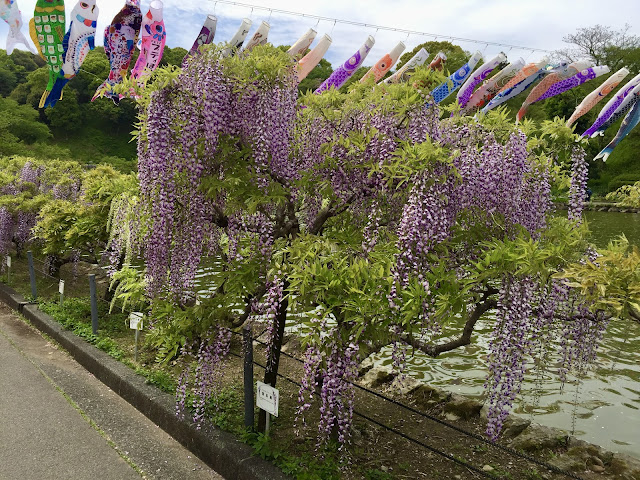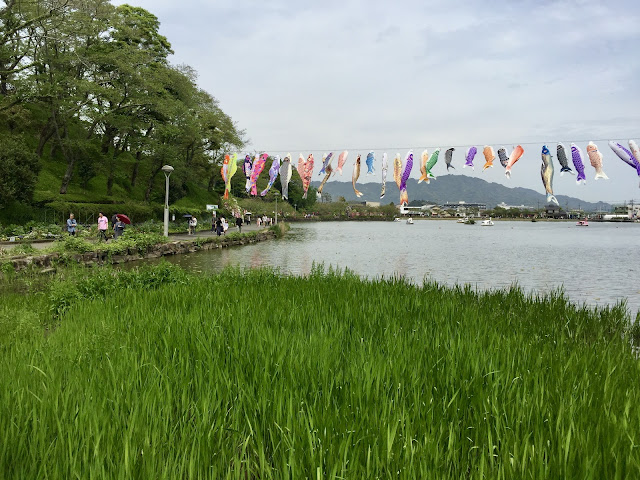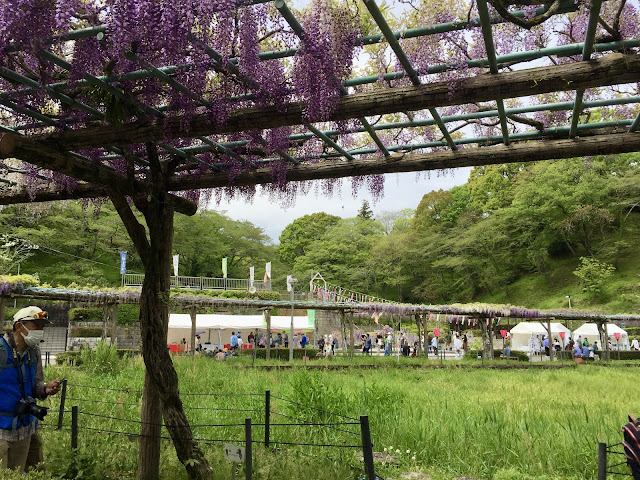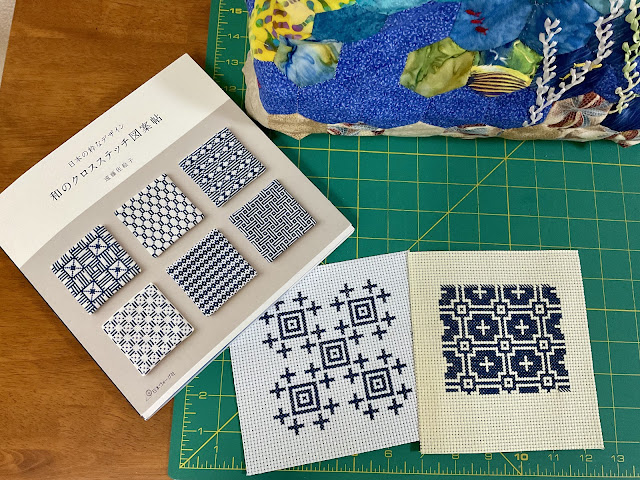I can't pass by a temple or shrine without taking a look around. I am always amazed by the history.
Here is the history of Daikeiji Temple (googled translated from the website - I know there are some weird things):
About 760 years ago, in the spring of 1253, Nichiren Shonin visited this place of Kyoto Hieizan Yugaku, and the couple of Doen and Myoen, who ran a teahouse, were preached and planted one pine tree as a memorial. That is "Kuon no Matsu".
After that, the couple built a Hokke-do Hall behind their home and opened the foundation of Daikei-ji Temple.
It is said that Hyuga, a six-year-old monk, passed this place in 1313, and solded that he squeed a splendid pine, but later it became a place where a Zen master lived, and there was a time when it was called Keishoan. In Tenbun 5 (1536), Daienin Nichizun came here to avoid the law, and finally built a large temple by building a large temple by propagate at the Hokke-do Hall, and became the founder of restoration.
Many temples and shrines have very big, very old trees. This pine tree is one of the oldest and biggest in Shizuoka. This is what the website says about the tree (also google translated):
Nichiren Shonin's hand-planted pine is a black pine tree that is more than 750 years old, and the tree is strong and the branches are stretched out in all directions, which is truly and wonderful.
It is the best age as a pine and a large tree rarely seen in the country. It is designated as a natural monument in Shizuoka Prefecture. It is 26m high, 30m high, 7m around the root.
It was selected as one of the "100 Best Pines in Japan" in 1983. There are three types in Shizuoka Prefecture: "Miho no Matsubara", "Numazu Senbonmatsu" and "Kuon no Matsu". Only "Kuon no Matsu" is selected as a single pine in the prefecture.
In June 2020, it was certified as a constituent cultural property of Japan Heritage.


















































